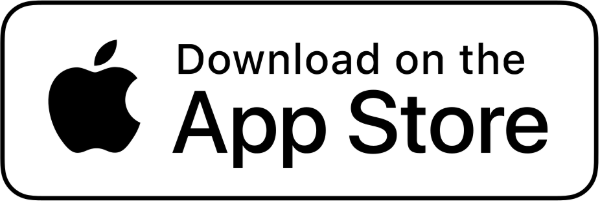There are many different types of email content that you can send to leads, but which ones work best for your business? In this blog post, we will explore six different types of emails and discuss the pros and cons of each. By understanding what works best for your audience, you can create content that will convert leads into customers!
Type #1: Prospecting Email
The first type of email is the prospecting email. Prospecting emails are sent to leads who have not yet been contacted by your sales team. The goal of a prospecting email is to introduce your company and products/services and to start building a relationship with the lead.
Pros: Prospecting emails can be very effective in getting your foot in the door with a new lead. By introducing yourself and your company, you are making the first step in establishing a rapport.
Cons: Prospecting emails can also be very time-consuming to create. If you are not careful, they can come across as too sales-y or pushy.
Type #2: Engagement Email
Engagement emails are sent to leads who have already been contacted by your sales team and are further along in the sales cycle. The goal of an engagement email is to keep the lead engaged with your company and products/services.
Pros: Engagement emails can be a great way to stay top-of-mind with your leads. By sending timely and relevant information, you can keep your leads engaged with your brand.
Cons: Engagement emails can be very easy to overlook. If your email is not interesting or relevant, it is likely that your lead will delete it without reading.
Type # 3: Announcement Email
Announcement emails are sent to announce changes or updates to your products/services or to announce new products/services. They can also be used to announce sales or discounts.
Pros: Announcement emails can be a great way to generate excitement about your brand and products/services. They can also help increase sales and discounts.
Cons: Announcement emails can be easy to miss if they are not well-timed or relevant. If you send too many announcement emails, your leads may start to ignore them.
Type # 4: Event Email
Event emails are sent to promote an upcoming event, such as a webinar, trade show, or seminar.
Pros: Event emails can be a great way to generate interest in your upcoming event. They can also help increase attendance and promote your brand.
Cons: Event emails require a lot of careful planning, as you want to make sure that all the elements of your event are being communicated effectively.
Type # 5 : Customer Retention Email
Customer retention emails are sent to current customers to encourage them to continue doing business with you. The goal is to keep your customers happy and loyal.
Pros: Customer retention emails can be a great way to keep your customers engaged with your brand. They can also help increase sales and loyalty.
Cons: Customer retention emails can be overwhelming if the customers are no longer interested in doing business with you. It’s important to keep these emails simple and to the point.
Type # 6 : Reactivation Email
Reactivation emails are sent to leads who have been inactive for a period of time. The goal is to get the lead interested in your products/services again.
Pros: Reactivation emails can be a great way to get your leads interested in your brand again. They can also help increase sales and loyalty.
Cons: Reactivation emails can be difficult to create if you do not have a good understanding of your audience. If you are not careful, they can come across as too sales-y or pushy.
Want To Know About Effective Email Marketing Strategies Get In Contact With LANA
LANA is a marketing automation platform that is highly effective when it comes to email marketing. We can help you develop an email marketing strategy that will get results. Contact us today to learn more!



